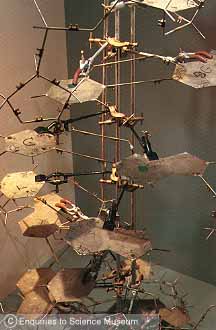Much like the process that was undertaken to determine the structure of DNA, Ehrenzweig's unconscious scanning leads to remarkable breakthroughs. With more knowledge of the structure of our own minds, in the near future we hopefully will be able to gain a biological understanding of Ehrenzweig's quantitative postulations.


